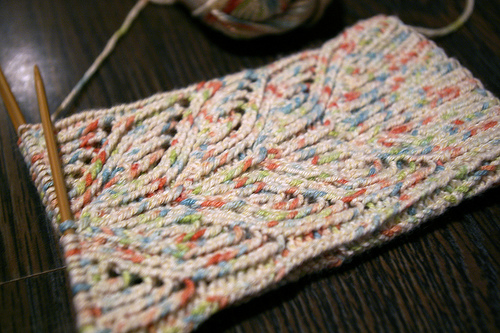
Animal Ingredients to Avoid
Wool is probably the most common animal product you’ll find when you’re shopping for knitting supplies, but here are some other ingredients you may encounter that come from animals:
- Silk: comes from a worm
- Chitin: Made from crustaceans
- Merino: another name for sheep’s wool
- Alpaca or cashmere: made from mammal fur
- Bone: You can find knit and crochet needles made from bone. Opt for wood or metal instead.
This is not a comprehensive list, and I’d love to hear your suggestions, if you have anything to add. Vegan fiber artists, speak up! Did I miss any sneaky animal products that a vegan would want to avoid? Share away in the comments!
[Image Credit: Creative Commons photo by postcarddiy]
Pages: 1 2

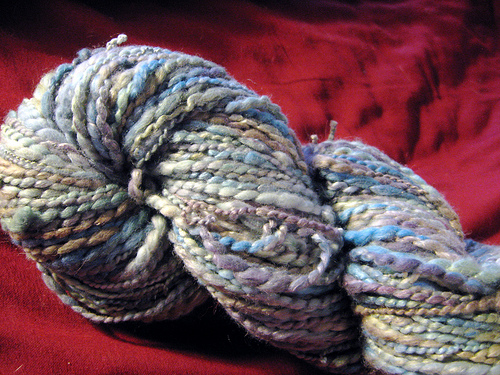
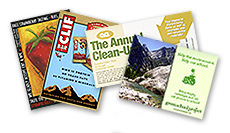

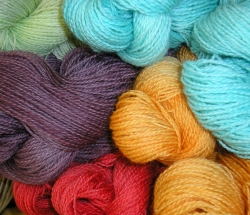

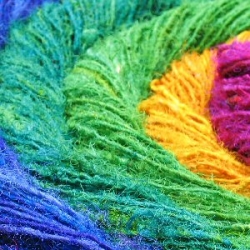

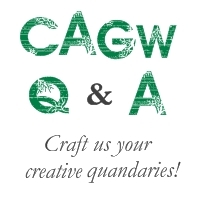
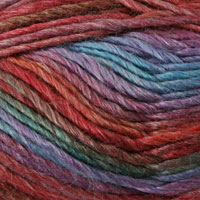
Thanks for sharing this! I’m not vegan, but I am highly sensitive to wool. And since I’ve picked up knitting this year, I’m already finding it challenging to locate nice yarns that my skin can handle.
Also thought it might be worth mentioning tussah silk on here– I’ve seen some yarns made from that in my search, and since the silkworms are allowed to live out their natural life cycle, it’s a more animal-friendly option if you still really want silk.
I’ve been wondering about this since getting a large order for “vegan-friendly hats”. What I’ve wondered is “but isn’t acrylic considered vegan-friendly?” I know that it is made from byproducts of petroleum. However, isn’t there quite a bit of petroleum that goes into the harvesting, refining, and transporting of the “natural” fibers? Especially for some like bamboo or banana silk, which might expend even more petroleum to have it shipped to local stores from abroad?
If you could shed some light, I would greatly appreciate it. 🙂
That is a really good question! I think there are a lot of factors that go into determining a product’s footprint. Where was it made? Synthetic yarn that’s not shipped a long distance might have a smaller footprint than wool yarn that travels halfway around the world. There’s also the question of the manufacturing process for synthetics and how energy-intensive they are compared to raising animals for natural alternatives.
Honestly, crunching those numbers might be a bit out of my league, but these are definitely important aspects of any material’s impact!
The mulesing technique mentioned is a serious problem for those of us who craft with merino on grounds that it’s biodegradable, renewable and non-petroleum based (and organic too if I can get it from a local small farm) – however, I thought this cruel practice had been banned in several countries, including New Zealand? I’d be interested to know because I do want to offer items as greenly and ethically as possible.
And I can speak very highly of the other yarns mentioned – I know it’s difficult to find a bamboo yarn that wasn’t produced with serious chemical byproduct, but if you can get hold of one, DO SO, it’s one of the smoothest, loveliest yarns to work with ever! And the organic cotton ones such as Debbie Bliss Eco are gorgeous too, lightweight and beautifully coloured.
Hi Becky, I’m one of the editors for http://www.AllFreeCrochet.com, I too am sensitive to wool, I really can’t wear it. Any who, I was wondering if you had your own blog or web site with your original crochet patterns posted? We would love to link to them and feature them in our newsletter that goes out to over 350,000 subscribers.
Let me know if this is something you are interested in.
Thanks,
Christine
Editor, AllFreeCrochet.com
Pingback: Cruelty-Free Crafting «
Pingback: Eat Drink Better | Eating Vegan: What is Vegan? | Page: 1 | Eat Drink Better
thanks for sharing,
i think so do not use animal yarn and skins use textile
i hope so it